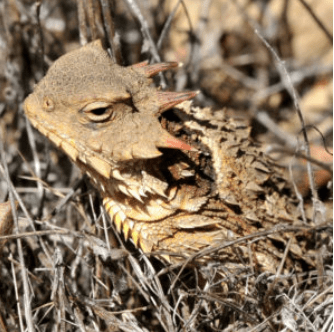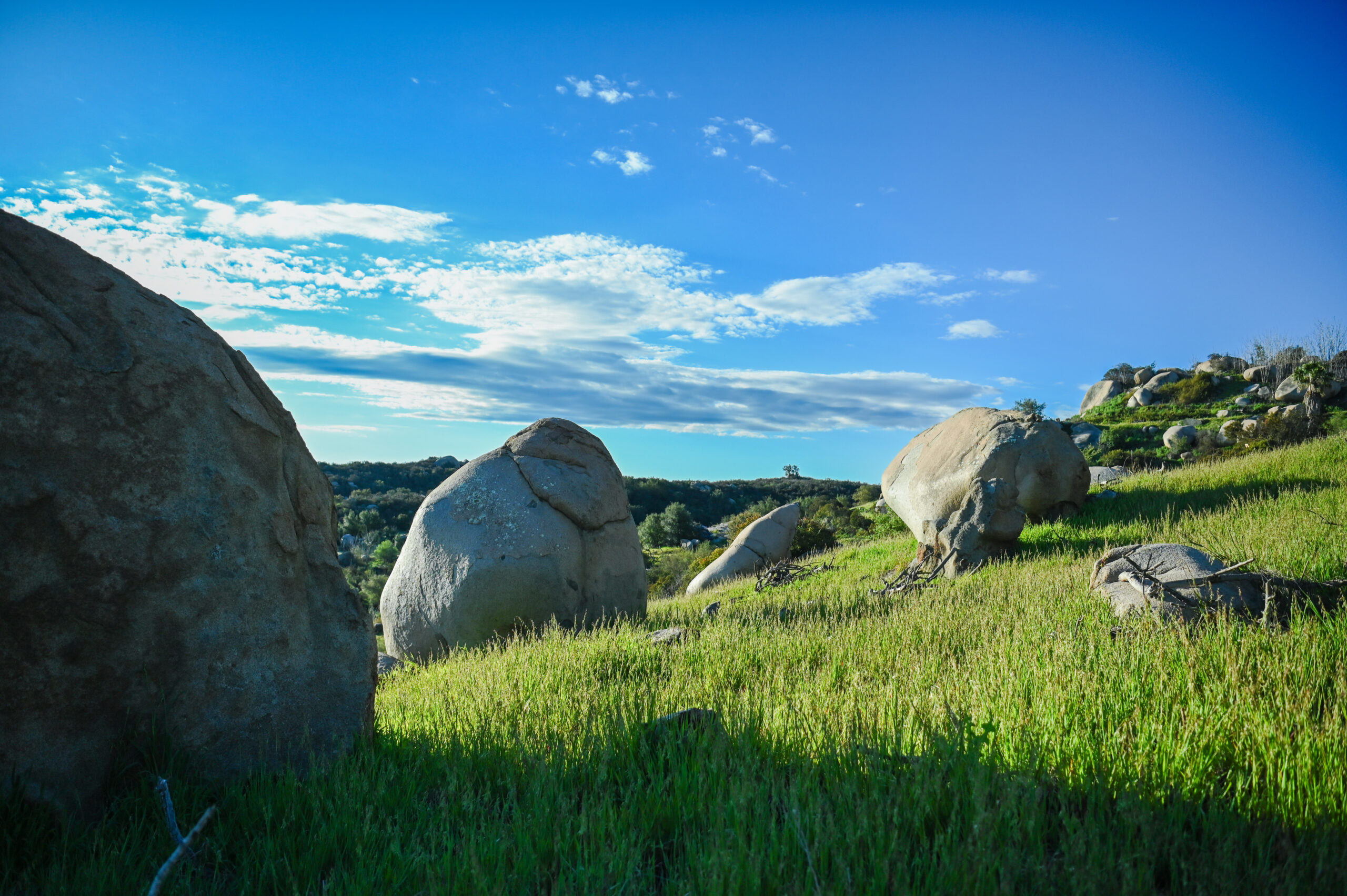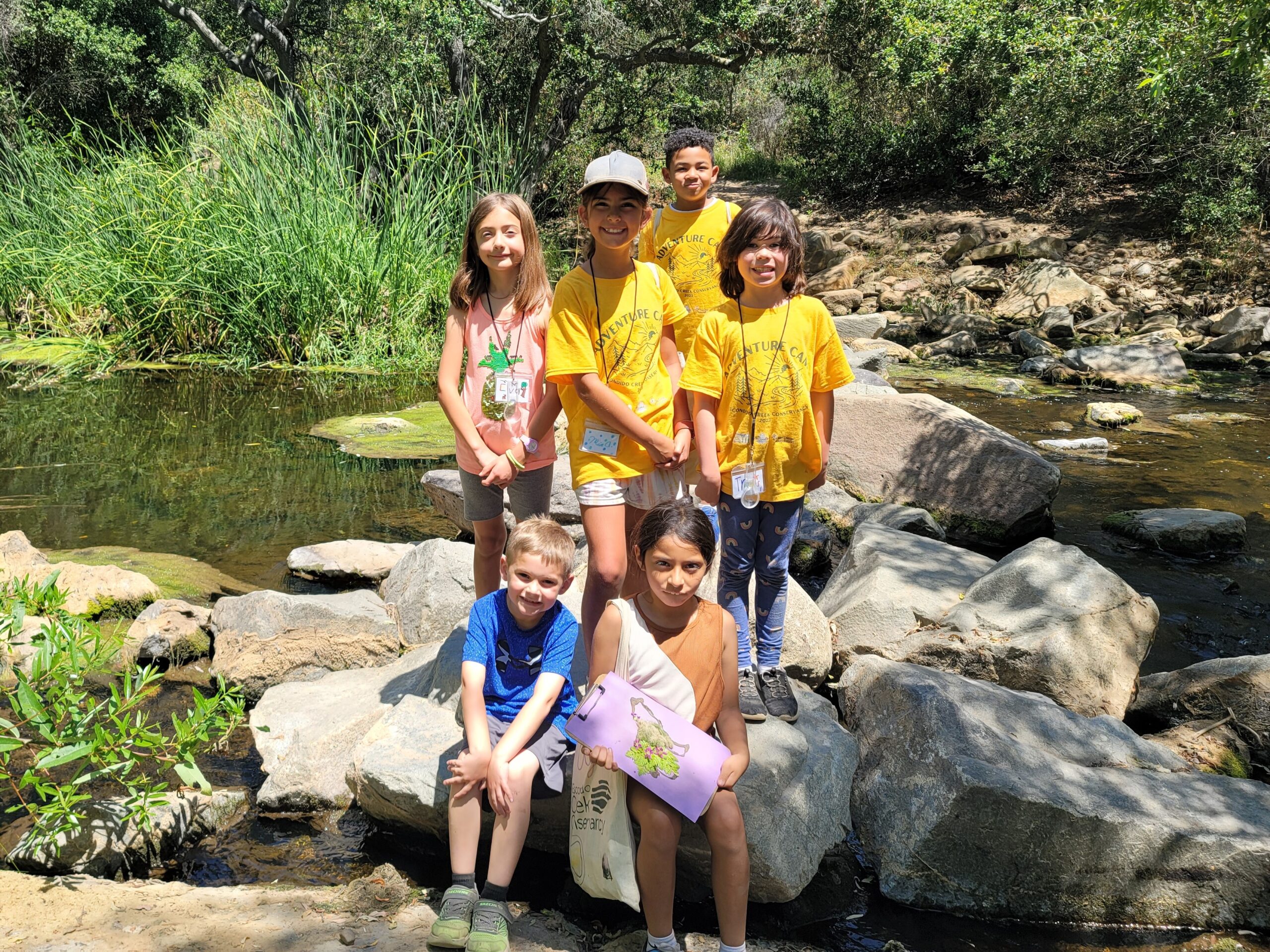
The San Diego Urban Ant Project
For the past 100 years, San Diego has been faced with an invader that has changed ecosystems and pushed out many crucial native species. The Argentine ant is a species that thrives near humans in the ever-expanding development in Southern California. Widely seen as a nuisance, it also negatively impacts many native species across the county. For example, Argentine ants displace native ants that coast horned lizards require for their diet. Since they will not eat Argentine ants, these reptiles—which are already highly vulnerable due to habitat loss—are further endangered by losing their sole food source.
Elementary and high school students at High Tech North County wanted to contribute to existing research about these invasive ants. One idea that has not been extensively tested is how humans serve to help Argentine ant encroachment because of water use practices in homes, parks, and at the edges of sensitive habitat.

The students are working with the Conservancy and the Holway Lab at UCSD to better understand ant biodiversity and shifting ant populations by sampling and identifying ants in the Elfin Forest Recreational Reserve, on Conservancy properties, and in the community surrounding the Escondido Creek. In the project, kindergarten, 3rd grade, and 11th grade biology students are working together to survey ants to see if populations are moving alongside specific water use practices. Students have also had the opportunity to visit their test sites on multiple occasions and hear from a variety of guest speakers.
With this knowledge, the students are creating products to better understand and articulate the issues related to the ant species involved. Their work was shared with the community and other schools during exhibitions at High Tech Elementary North County on March 20th, and will be shared at UCSD in early May. Through their efforts, the Conservancy hopes to glean useful information to better protect native species like harvester ants and the coast horned lizard.





